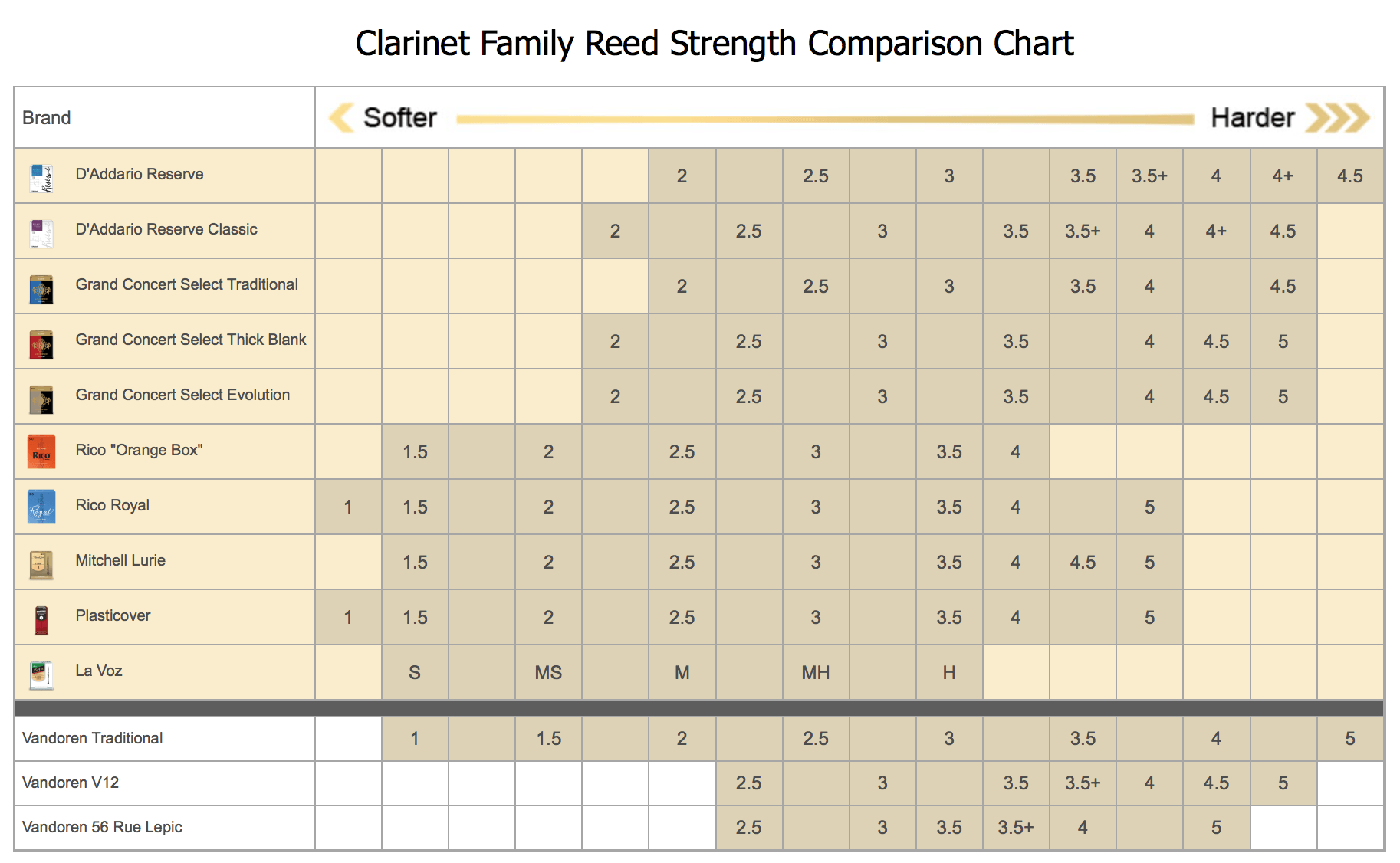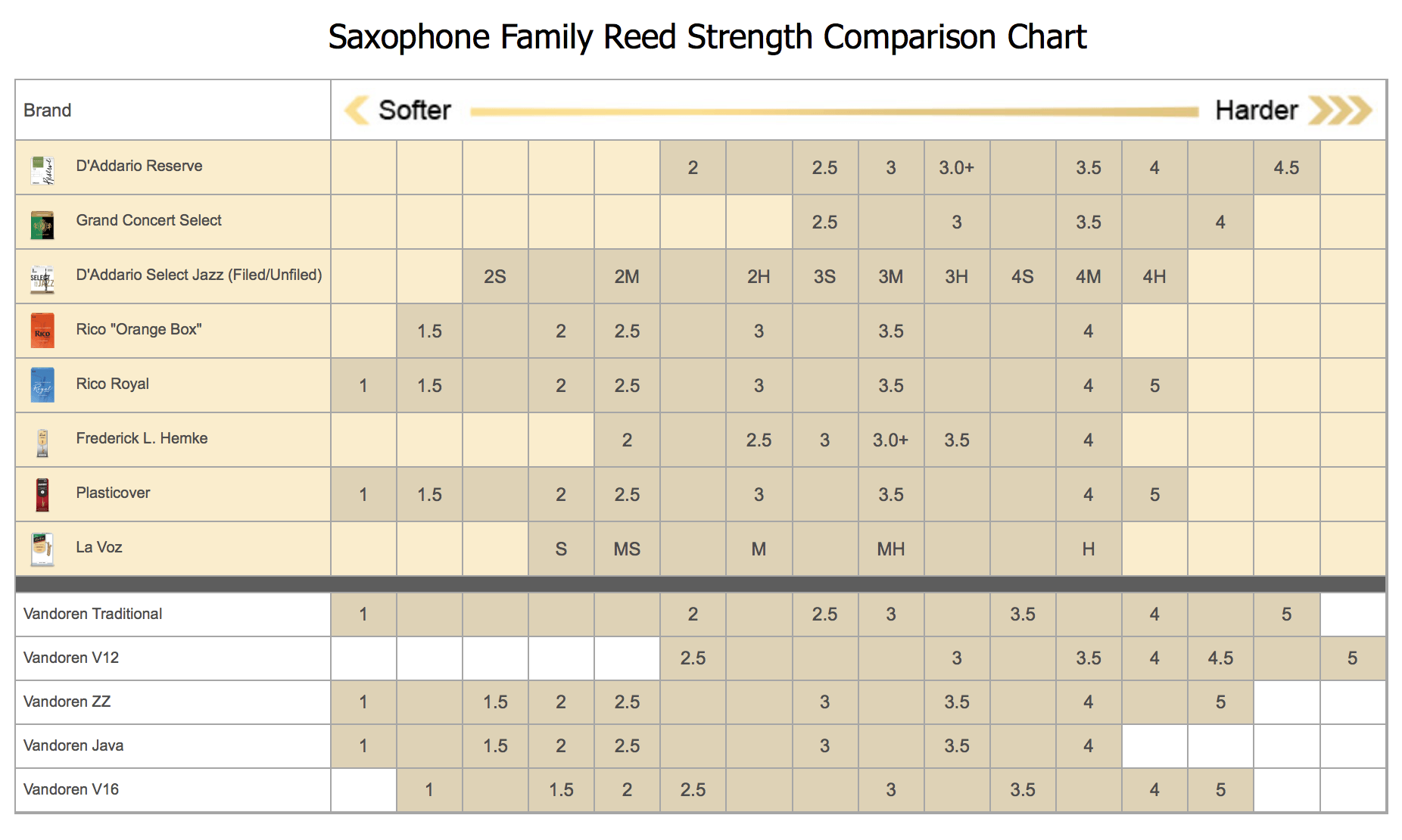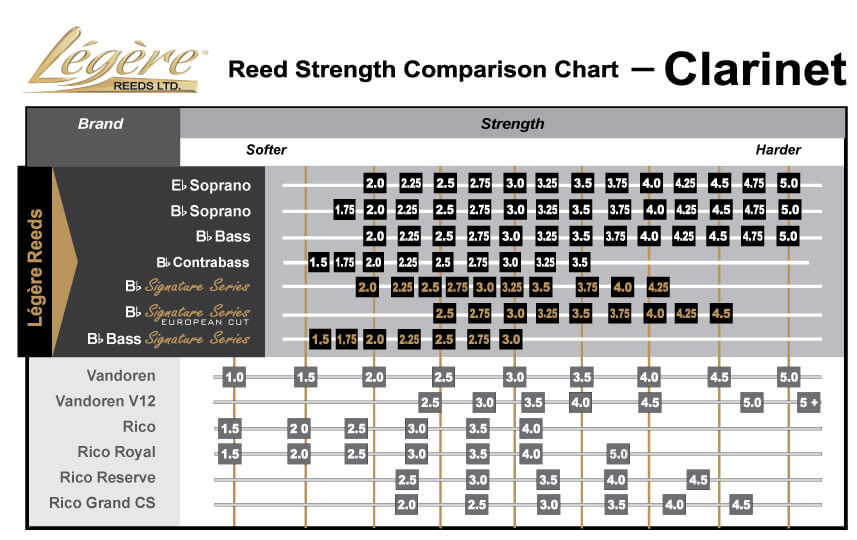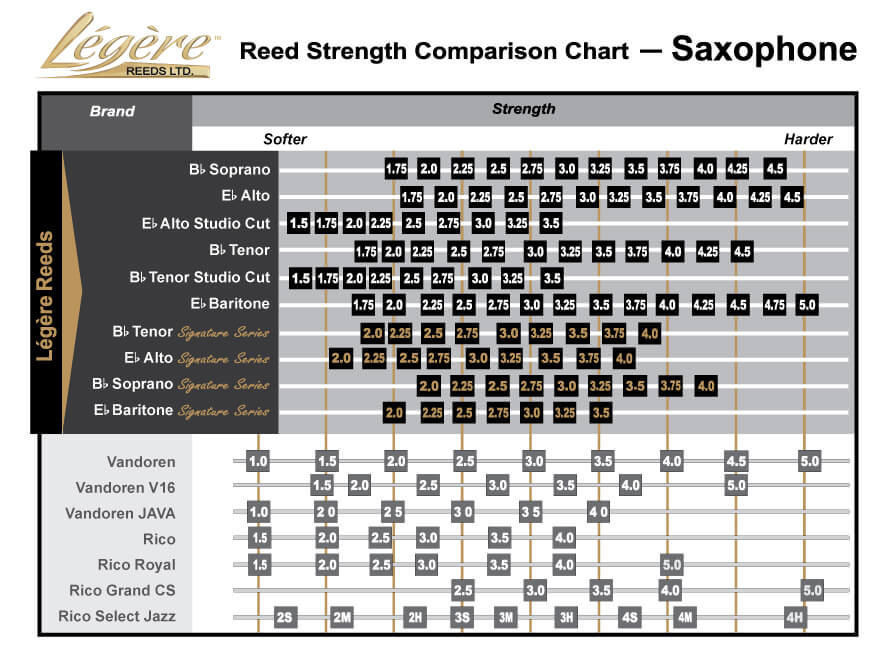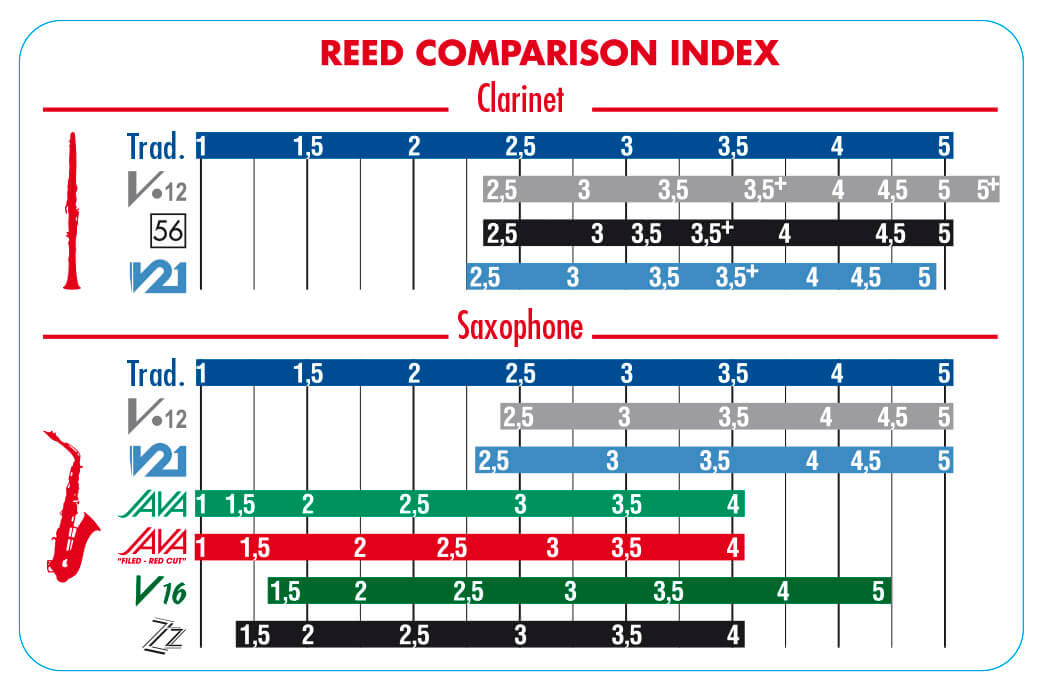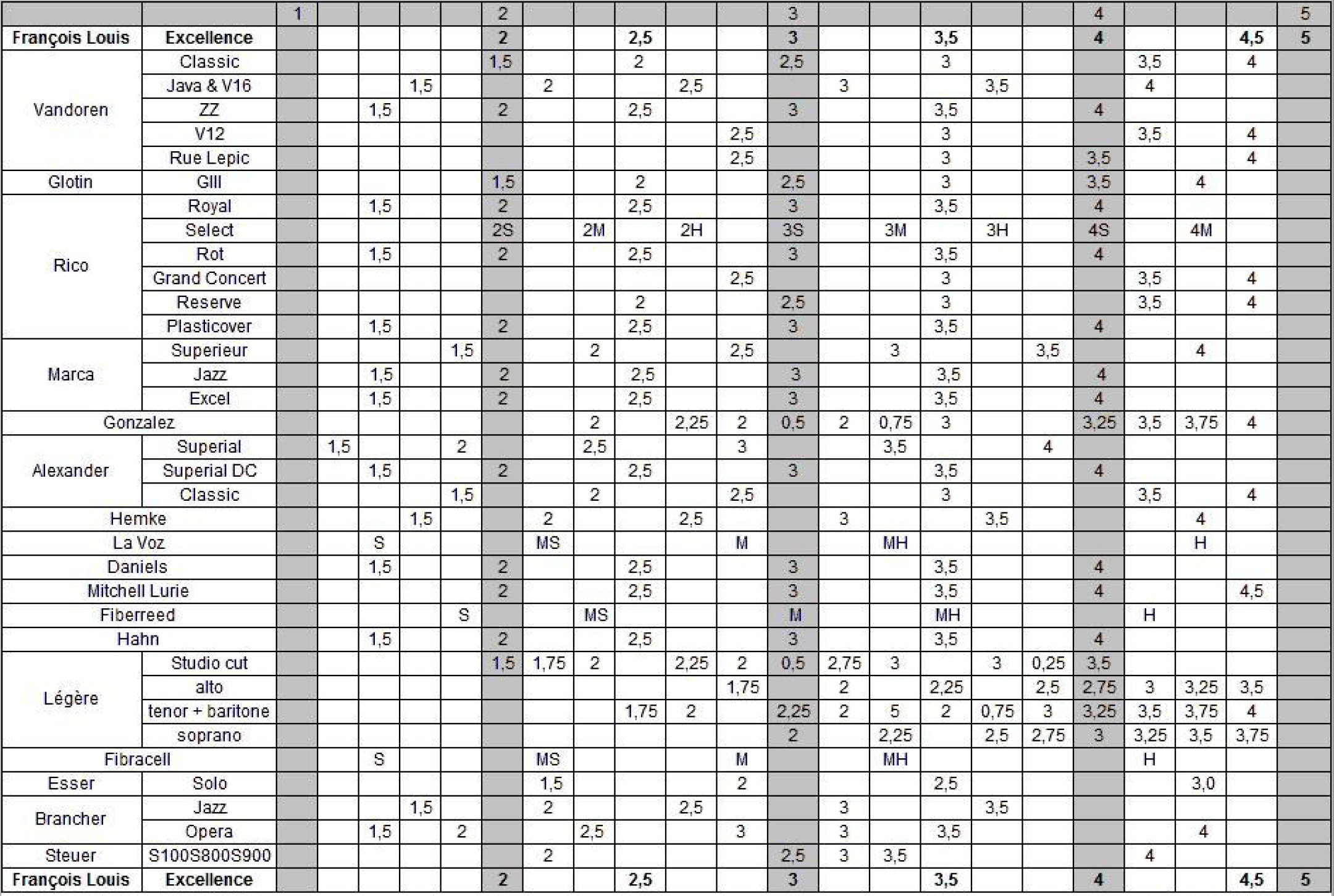No products
The right choice for the ultimate reeds
 I regularly receive requests for advice to choose the right reed, the one that will fit.
I regularly receive requests for advice to choose the right reed, the one that will fit.
I dread this question every time, because it is a personal answer and only a person close to the musician can advise after listening to the different tried reeds.
Most often, I advise to ask the opinion of the teacher, because he sees you regularly and knows you (your morphology, technique, level, envy, ...) He's the one who can guide you the best. Orient yes, but the final choice will come back to you because it is you who feel the reed.
First of all, what is a simple reed?
A simple reed is an object (often made of cane reed) that is placed on the mouthpiece table and is held in place with a ligature. This object is thick at the heel (location that is maintained by the ligature) and becomes very thin at the opposite end. This object can have different cuts (French or American among others) and different curvatures (the curvature being the rounding higher than the finest point).
So where do the differences come from?
Let's look at a first glaring difference, the material. I said that these reeds are objects often in cane reed. This is the case for 90% of the reeds. But there are also synthetic reeds and cane reeds covered with a synthetic material.
Each material will have its advantages and disadvantages.
Here is a list of the main advantages and disadvantages (personal opinion, non-exhaustive list)
|
Reed material |
Advantages |
Disadvantages |
|
Natural cane |
|
|
|
Synthetic |
|
|
|
Cane "plasticized" |
|
|
In summary, what can be deduced from this table?
Natural cane reeds remain unbeatable in terms of sound quality and personalization.
Plasticover cane reeds have a longer life.
The synthetic reed is the queen of longevity but in withdrawal compared to the sound.
So who advise to whom?
- Beginner students: cane reeds, because the assembly and disassembly of the reed on the mouthpiece remains a delicate manipulation and the risk of damaging a reed at this stage is quite important. In reeds made of natural reed, of course, we find the Vandoren reeds (world reference), but also reeds such as Marca Supérieure (French manufacture) which are at a lower price but of sufficient quality for beginners (these reeds saturate slightly at high sound volume and are a little less equal in a box)
- Advanced students: cane reeds and synthetic reed. The cane reed for the sound quality, the possible shades - this in concert situation or important performance. The plastic reed, for rehearsals, exercises at home, in short any use that will not require a sound at the top.
The natural cane reeds are, as the name suggests natural and therefore impossible to have 2 reeds 100% identical and will react identically to weather variations. On a box of reeds of reference brand for example (box of 10 reeds), we will find 2 exceptional reeds, 2 reeds to rework, 2 reeds to rework heavily and 4 reeds that are just playable - or not at all ...
Here, the choice of the variety of the reed is entirely dependent on the personal taste of the musician as well as his desires. Advice is very difficult to give at this level and testing reeds is the only way to form your own opinion. No reed is "bad in all", it will suit you or not according to your own desires and requirements. - The professional concert musician: you have (probably) already tried all the reeds and you have made your own opinion. As a rule, it is the reeds made of natural cane that carry the choice. Some musicians who play harder music for the reed (more aggressive detachments, for example) prefer plastic cane reeds.
- The music teacher: You are a professional musician and you have already made your choice, had your favorite. But I still have an "advice" to give you. Try synthetic reeds. During my school years, I had a teacher who played very well and taught us a lot of things by playing the excerpts we could not do. But this teacher had to disassemble, moisten, replace and "heat" his reed with 3-4 notes each time before making the difficult little stroke (technique or nuances). This operation, fairly fast, takes the attention of the student and it does not always capture the subtlety of what the teacher wants to explain. With a synthetic reed, this problem is solved. No need to moisten the reed, the reed will respond exactly the same way as the last time. The disadvantage of these reeds is that you have to find the type of reed that suits you, for my part, I found my happiness with the reed Légère Signature, but it is only a taste staff.
Tables of correspondence of the reeds :
